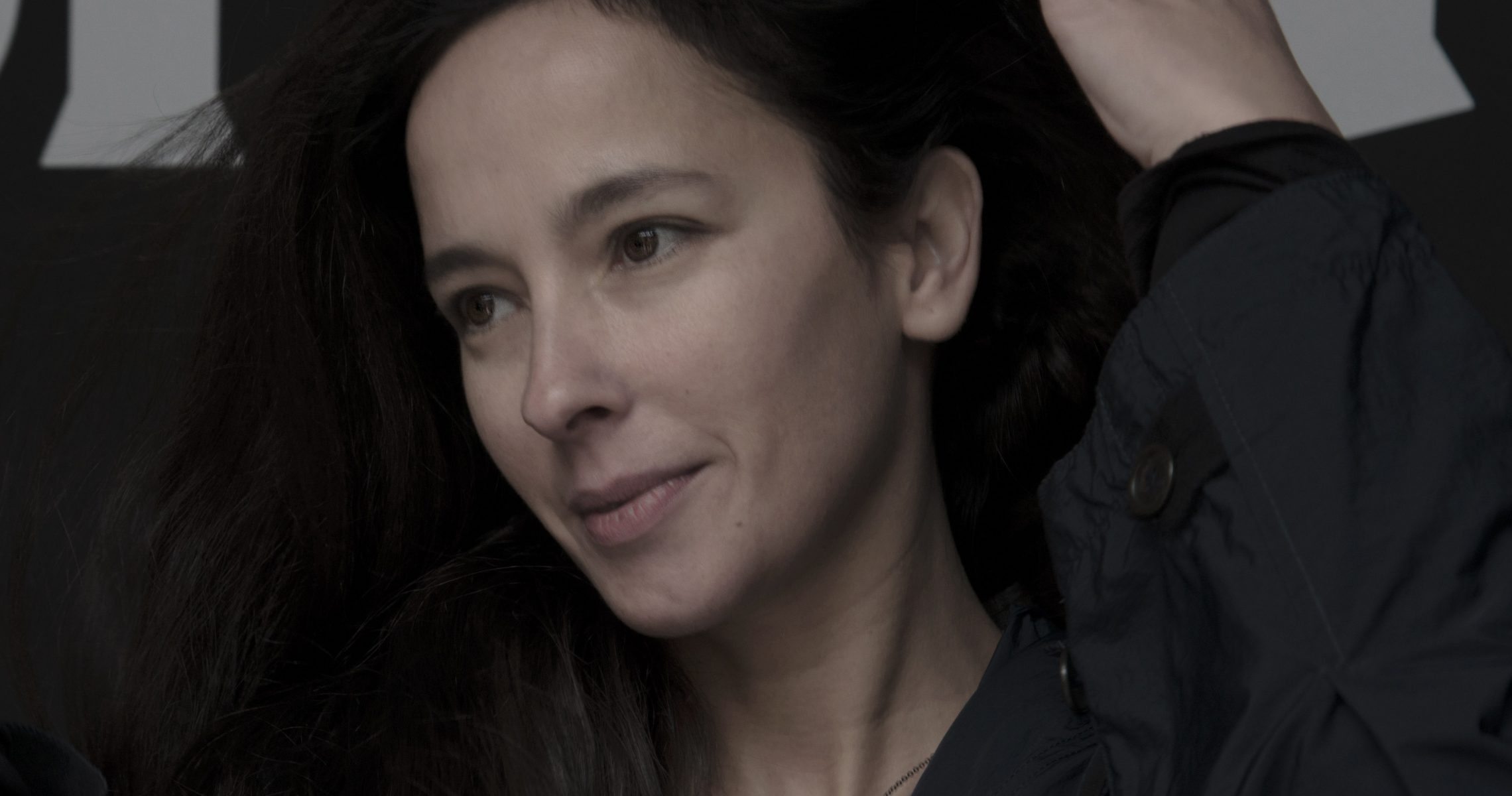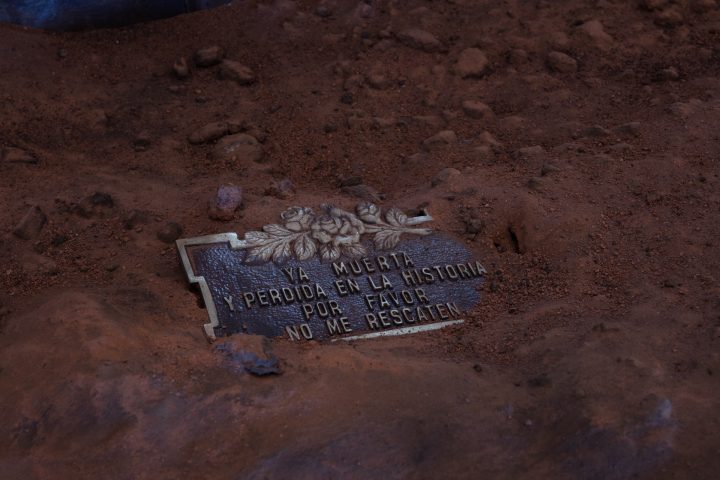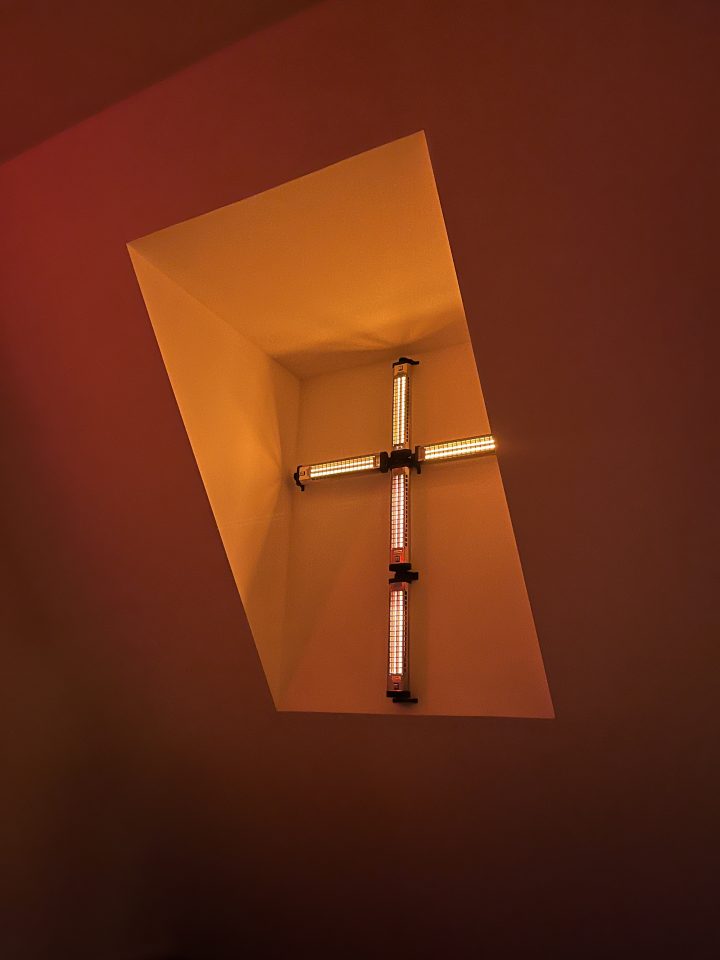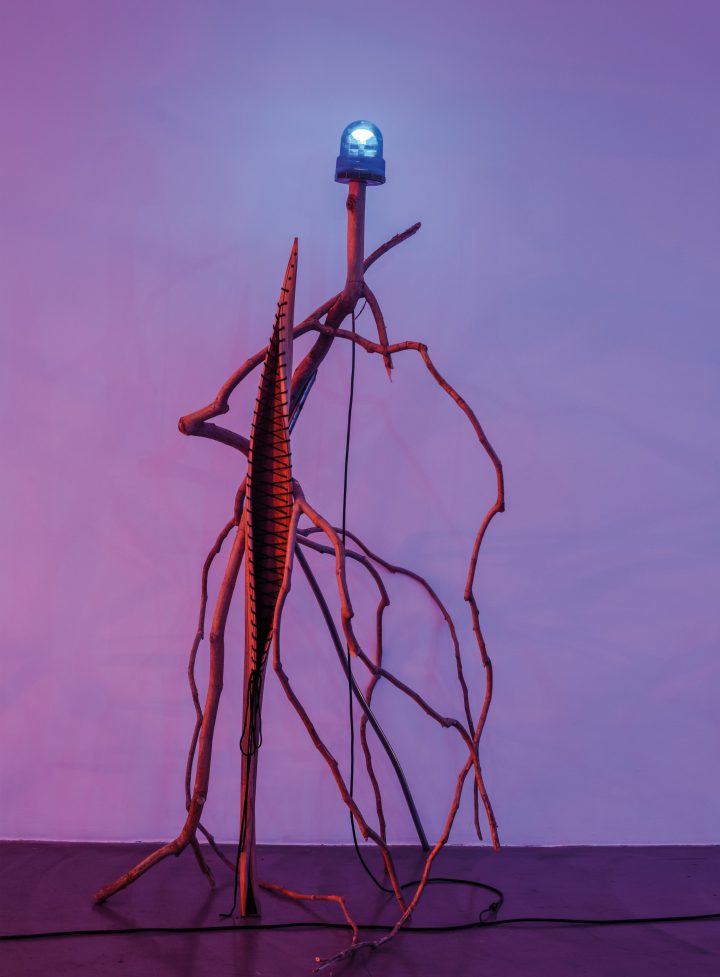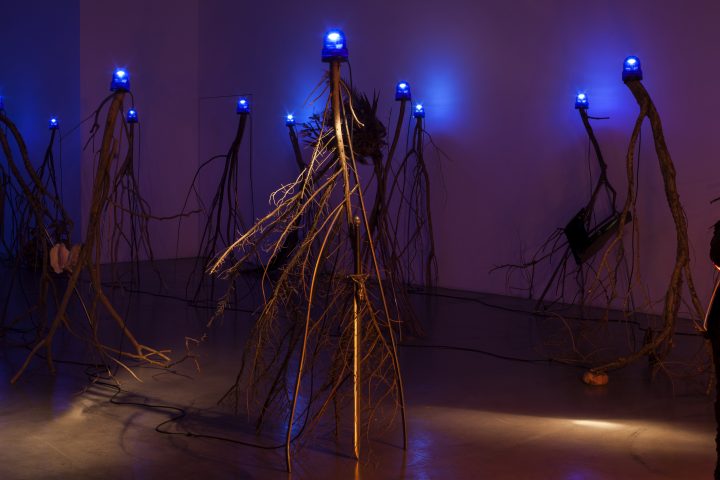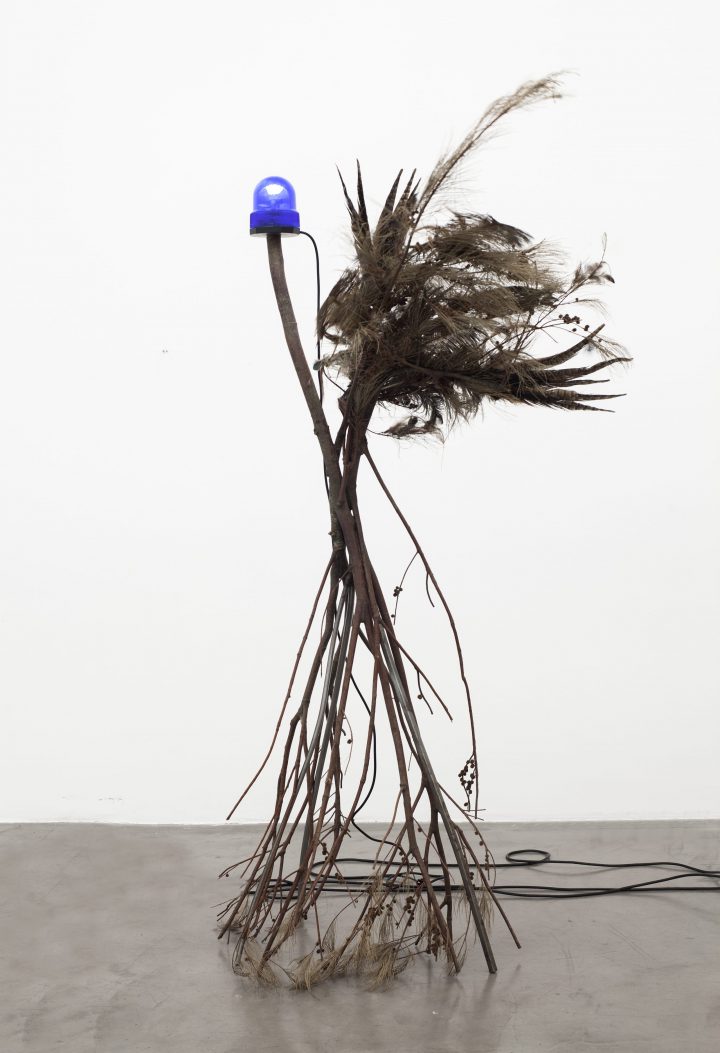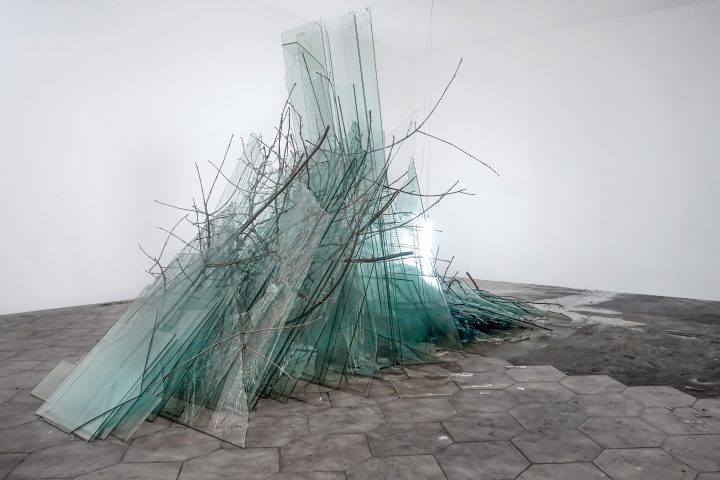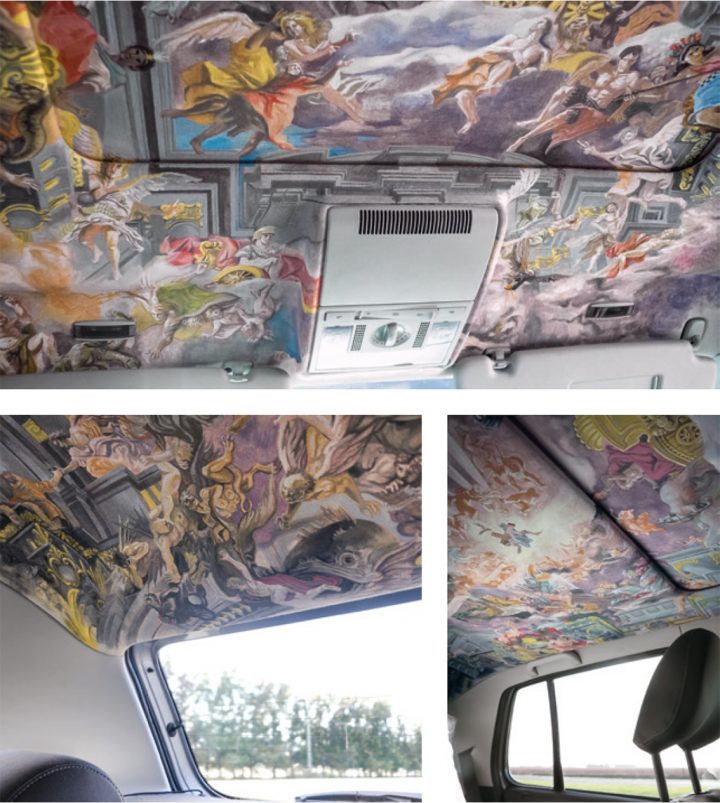Born in 1979 in Rufino, province of Santa Fe, Argentina.
Individual exhibitions
2021
La pesadilla del sol, Diego Obligado Galería de Arte, Rosario, Argentina
2018
Ficción primitiva. Ruth Benzacar Galería de Arte. Buenos Aires, Argentina.
2017
Las canchas de paddle, después los cibers y ahora yo. Curada por Alejo Ponce de León y Renato Fumero. Espacio Californio, Buenos Aires, Argentina.
2015
Tumba del soldado desconocido, Universidad Nacional de La Plata, Argentina.
2013
Los Ángeles, Galería Ruth Benzacar, Buenos Aires, Argentina.
2011
La mujer serruchada, Museo Diario La Capital. Rosario, Santa Fe, Argentina.
El mundo no existe, Galería Alberto Sendrós. Buenos Aires, Argentina.
Mortal Kombat, MAMBA, Museo de Arte Moderno de Buenos Aires, Argentina.
2009
El nombre de un país, Galería Alberto Sendrós. Buenos Aires, Argentina.
2007
Último lugar, Museo de Arte Contemporáneo (MACRO) Rosario, Santa Fe, Argentina.
2006
Circo Chino, Katester, Espacio de Arte Contemporáneo. Rosario, Santa Fe, Argentina.
2004
Si a vos te pasa algo yo me mato, Subsecretaría de Cultura de la UNR. Rosario, Santa Fe, Argentina.
2003
Mariana y Adrián, Museo Municipal de Bellas Artes Juan B. Castagnino. Rosario, Santa Fe, Argentina.
Group exhibitions
2022
The End of the Imagination with Adrian Villa Rojas, Bass Museum, Miami.
Reunión. Ruth Benzacar Galería de Arte, Buenos Aires, Argentina.
2019
El nombre de un país, Pabellón Argentino, 58ª Bienal de Arte de Venecia
2018
Hogar, dulce hogar. Hábitos artísticos contemporáneos. MUNTREF Museo de Artes Visuales, Buenos Aires, Argentina.
Diagonal Sur 2. Arte Argentino Hoy. Centro Cultural Borges, Buenos Aires, Argentina.
2017
Dios es Inmigrante. Proyecto para Bienal Sur, MUNTREF, Museo de la Inmigración, Buenos Aires, Argentina.
Témpano. El problema de lo institucional. Museo de Arte Contemporáneo de Montevideo, Uruguay.
Objeto móvil recomendado a las familias. Espacio de Arte Fundación OSDE, Buenos Aires, Argentina.
2016
U-TURN Project Rooms by Mercedes-Benz. Curado por Jacopo Crivelli Visconti. arteBA, Bs. As., Argentina.
Répétition, Fondation Boghossian, Villa Empain. Bruselas, Bélgica.
Diagonal Sur – Arte Argentino Hoy, Centro Cultural Borges. Buenos Aires, Argentina.
2015
Everything you are i am not: Latin American contemporary art from the Tiroche de León Collection. Glass Gallery, Mana Contemporary. Jersey, EEUU.
Máquina del tiempo lenta, Solo project in the section Zona MACO Sur curated by João Mourão and Luis Silva for Zona MACO. D.F., México.
Hacer con lo hecho, Arte y vida cotidiana en la escena argentina contemporánea, Museo Municipal de Arte Moderno. Cuenca, Ecuador.
2014
Horizontes de Deseo, Museo de Arte Contemporáneo de Mar del Plata. Buenos Aires, Argentina.
Soberanía del uso, Espacio de Arte Fundación OSDE. Buenos Aires, Argentina.
Ampliación, Museo Municipal de Bellas Artes Juan B. Castagnino. Rosario, Santa Fe, Argentina.
Some Artists’ Artists, Marian Goodman Gallery. Nueva York, EE.UU.
Beyond Magic, Galerie Xippas. Paris, Francia.
Bellos Jueves, Museo Nacional de Bellas Artes. Buenos Aires, Argentina.
Muerto que habla, “Solo”, curada por Rodrigo Moura, SP-arte. San Pablo, Brasil.
2013
Morir no es posible, Premio Braque, MUNTREF. Buenos Aires, Argentina.
El primer momento de la existencia de algo, Estadio River Plate. Buenos Aires, Argentina.
Ensayo de Situación II: Soy un pedazo de atmósfera, organizado por el Departamento de Arte de la UTDT. Buenos Aires, Argentina.
Queremos ver, Espacio Contemporáneo de Fundación Proa. Buenos Aires, Argentina.
2012
The Ungovernables, New Museum Triennial 2012. Nueva York, EE.UU.
Dios cree en mi, Zona MACO. México DF, México.
arteBA 2012. Stand Galería Alberto Sendrós. Buenos Aires, Argentina.
Allí, Allá, Plataforma Bogotá. Bogotá, Colombia.
2011
LXV Salón Nacional de Rosario, Museo Municipal de Bellas Artes. Rosario, Santa Fe, Argentina.
Arte de Santa Fe, Museo Municipal de Bellas Artes Juan B. Castagnino. Rosario, Santa Fe, Argentina.
arteBA 2011. Premio arteBA-Petrobras. Buenos Aires, Argentina.
2010
arteBA 2010. Stand Galería Alberto Sendrós. Buenos Aires, Argentina.
2009
Colectiva, Verano 2010, Galería Alberto Sendrós. Buenos Aires, Argentina.
Bienvenidos a la luna, Centro Cultural Parque de España, Rosario, santa Fe.
2008
LXII Salón Nacional de Rosario, Museo Municipal de Bellas Artes Juan B. Castagnino. Rosario, Santa Fe, Argentina.
Concurso 50º Aniversario del Fondo Nacional de las Artes, Casa de la Cultura. Buenos Aires, Argentina.
Caprichos, disparates y desastres, Complejo Cultural Río Gallegos. Río Gallegos, Santa Cruz, Argentina.
arteBA 2008. Stand Club del Dibujo, Barrio Jóven. Buenos Aires, Argentina.
Mirada de artista, Centro Cultural Borges. Buenos Aires, Argentina.
700mil respiraciones, Galería Zavaleta Lab. Buenos Aires, Argentina.
2007
Cultural Chandon Neuquén 2007, Museo Nacional de Bellas Artes de Neuquén. Argentina.
Salón 4 exposition 1.10 artistes. Quartier des Arts. Uzès, Francia.
10 invitaciones premeditadas y consentidas, Museo Diario La Capital. Rosario, Santa Fe, Argentina.
2006
Curadurías Internas, Museo de Arte Contemporáneo (MACRO). Rosario, Santa Fe, Argentina.
2005
LIX Salón Nacional de Rosario, Museo Municipal de Bellas Artes Juan B. Castagnino. Rosario, Santa Fe, Argentina.
Cultural Chandon Tucumán 2005, Museo Provincial de Bellas Artes Timoteo Navarro. Tucumán, Argentina.
2004
LVIII Salón Nacional de Rosario, Museo Municipal de Bellas Artes Juan B. Castagnino. Rosario, Santa Fe, Argentina.
Contemporary Argentinean Art, Melting Point Gallery. San Francisco, EE.UU.
2003
LVII Salón Nacional de Rosario, Museo Municipal de Bellas Artes Juan B. Castagnino. Rosario, Santa Fe, Argentina.
Mariana y Adrián, Museo Municipal de Bellas Artes Juan B. Castagnino, Rosario, Santa Fe.
Awards
2011
2° Premio Adquisición del LXV Salón Nacional de Rosario. Argentina.
Seleccionada Premio arteBA- Petrobras de Artes Visuales.
2009
Beca para artistas del Fondo Nacional de las Artes. Argentina.
2007
Premio Mención del Público, Cultural Chandon Neuquén 2007, Museo Nacional de Bellas Artes de Neuquén. Argentina.
Beca Estímulo para Jóvenes Artistas del Nuevo Banco de Santa Fe. Argentina.
Clínica de Artes Visuales del Centro Cultural Ricardo Rojas. Buenos Aires, Argentina.
2006
Beca Estímulo para Jóvenes Artistas del Nuevo Banco de Santa Fe. Argentina.


